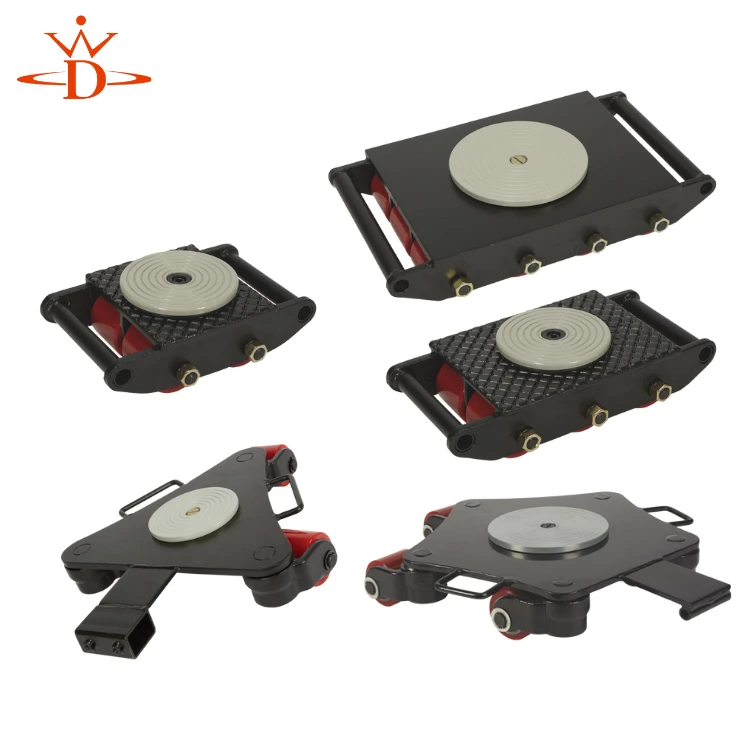2 ton overhead bridge crane
Understanding the 2 Ton Overhead Bridge Crane Design, Functionality, and Applications
Overhead bridge cranes are essential components of modern industrial operations, playing a crucial role in material handling across various sectors. Among their many variations, the 2-ton overhead bridge crane stands out as a versatile and efficient solution for businesses with moderate weight lifting needs. This article delves into the design, functionality, and diverse applications of 2-ton overhead bridge cranes to illustrate their significance in contemporary material handling.
Design Features
A typical 2-ton overhead bridge crane consists of several key components the bridge, runway, hoist, trolley, and control system. The bridge spans the width of the workspace, moving along a pair of runways that are mounted securely to support columns. The hoist is mounted on a trolley that moves horizontally across the bridge, allowing for substantial lateral reach.
The design of the crane is paramount, as it must maintain stability while being able to handle dynamic loads safely. Engineers carefully choose materials that balance strength and weight, often utilizing high-grade steel to construct the bridge and trolley. The hoist system is crucial, and various types exist, including electric and manual hoists, each method offering unique advantages based on the operation’s specific requirements.
Additionally, safety features are integrated into the crane’s design. Emergency stop buttons, limit switches, and overload protection systems are standard to ensure the safety of operators and materials being lifted. Moreover, cranes can be equipped with advanced technology such as remote controls and load indicators, enhancing operational efficiency and safety.
Functionality
The primary function of a 2-ton overhead bridge crane is to lift and transport heavy loads with ease. This capability is facilitated by the hoisting mechanism that can raise and lower objects with precision. The hoist is often powered by electricity, enabling smooth operations while reducing the need for manual labor, which can be dangerous and inefficient for heavy lifting.
2 ton overhead bridge crane

The crane's ability to operate in tight spaces is another advantage. Utilizing vertical and horizontal movements allows these cranes to navigate within confined areas, making them ideal for workshops, warehouses, and manufacturing plants. Operators can maneuver materials with pinpoint accuracy, minimizing the risk of accidents, and ensuring efficient workflows.
Furthermore, regular maintenance and inspections of the crane are essential to ensure long-term functionality. Adhering to a routine maintenance schedule not only prolongs the lifespan of the equipment but also guarantees safe operation.
Applications
The versatility of the 2-ton overhead bridge crane means it finds application across various industries. In manufacturing, these cranes are often used to move raw materials into assembly lines, transfer completed products to shipping areas, or manage inventory. Their capability to lift significant weights makes them suitable for handling large machine parts or assemblies.
In construction, 2-ton overhead cranes facilitate the movement of building materials and tools, significantly enhancing productivity. Similarly, in warehouses, they streamline the movement of goods, reducing bottlenecks and increasing operational efficiency.
Moreover, the automotive industry benefits from these cranes to handle engine blocks, car frames, and other heavy components, while maintenance yards use them to lift heavy machinery for repairs. Even in environments like shipyards, 2-ton overhead cranes assist in managing heavy cargo, thereby playing an integral role in logistics and supply chain operations.
Conclusion
In summary, the 2-ton overhead bridge crane represents a critical asset for numerous industries, providing safe, efficient, and reliable material handling. Its robust design, combined with advanced safety features and versatile functionality, makes it an indispensable tool for modern manufacturing, construction, and logistical operations. As industries continue to evolve and demand greater efficiency, the reliance on such cranes is likely to grow, underscoring their vital role in enhancing productivity and safety in material handling processes. As we look towards the future, investing in high-quality equipment like a 2-ton overhead bridge crane will undoubtedly be pivotal for businesses aiming to thrive in competitive markets.
-
Unlock Seamless Relocation with Our Heavy Equipment Moving ExpertiseNewsJun.06,2025
-
Unleash Unrivaled Flexibility with Our Adjustable Gantry CraneNewsJun.06,2025
-
Unleash Heavy-Duty Efficiency with Our Industrial Gantry Crane SolutionsNewsJun.06,2025
-
Revolutionize Steel Handling with Our Magnetic Lifter RangeNewsJun.06,2025
-
Master Equipment Mobility with Premium Machinery Mover SolutionsNewsJun.06,2025
-
Elevate Your Material Handling with Magnetic Lifter TechnologyNewsJun.06,2025
-
YS Permanent Lifting Magnets: The Smarter Way to Handle SteelNewsMay.22,2025
